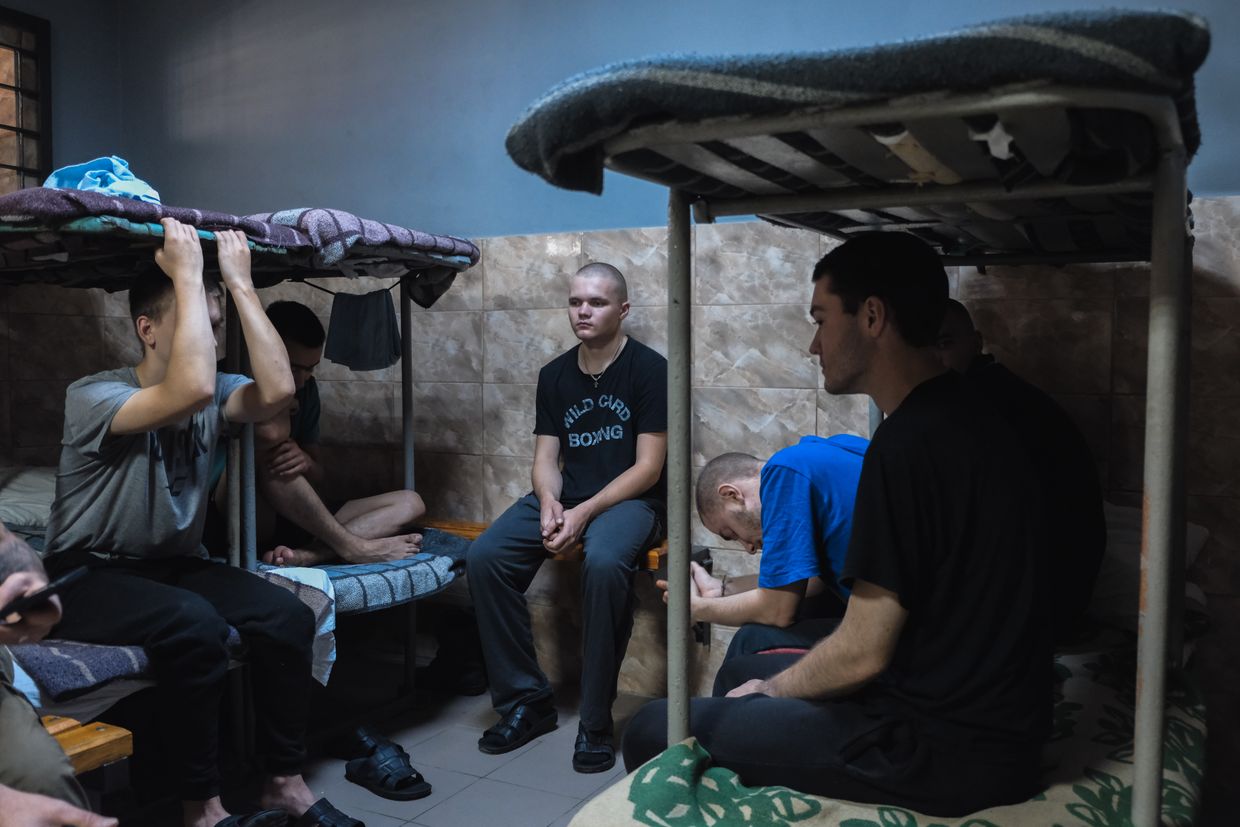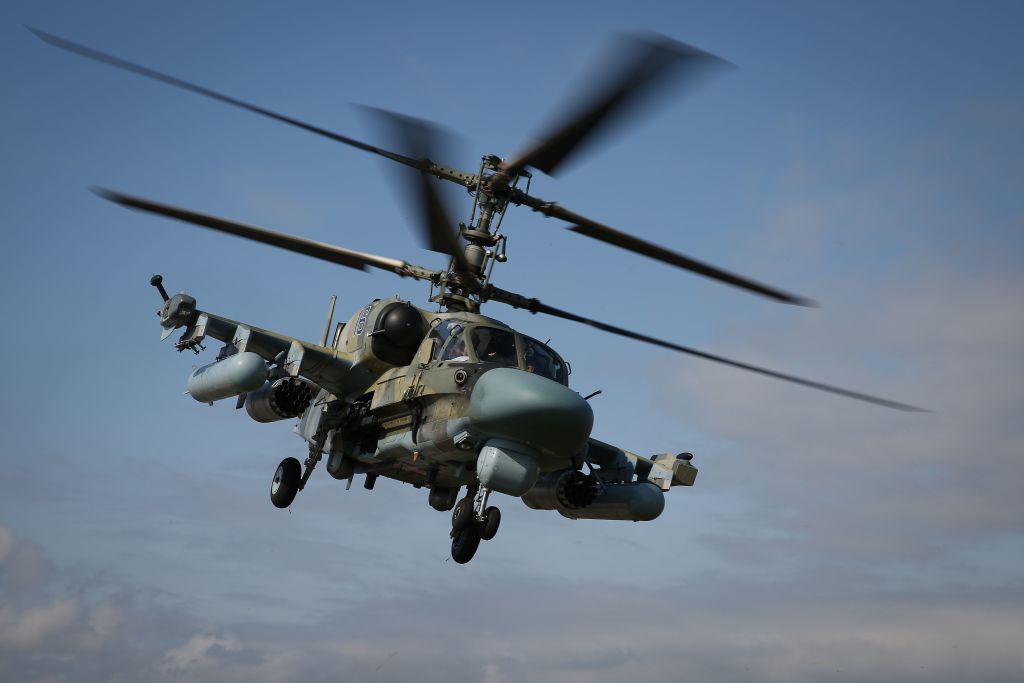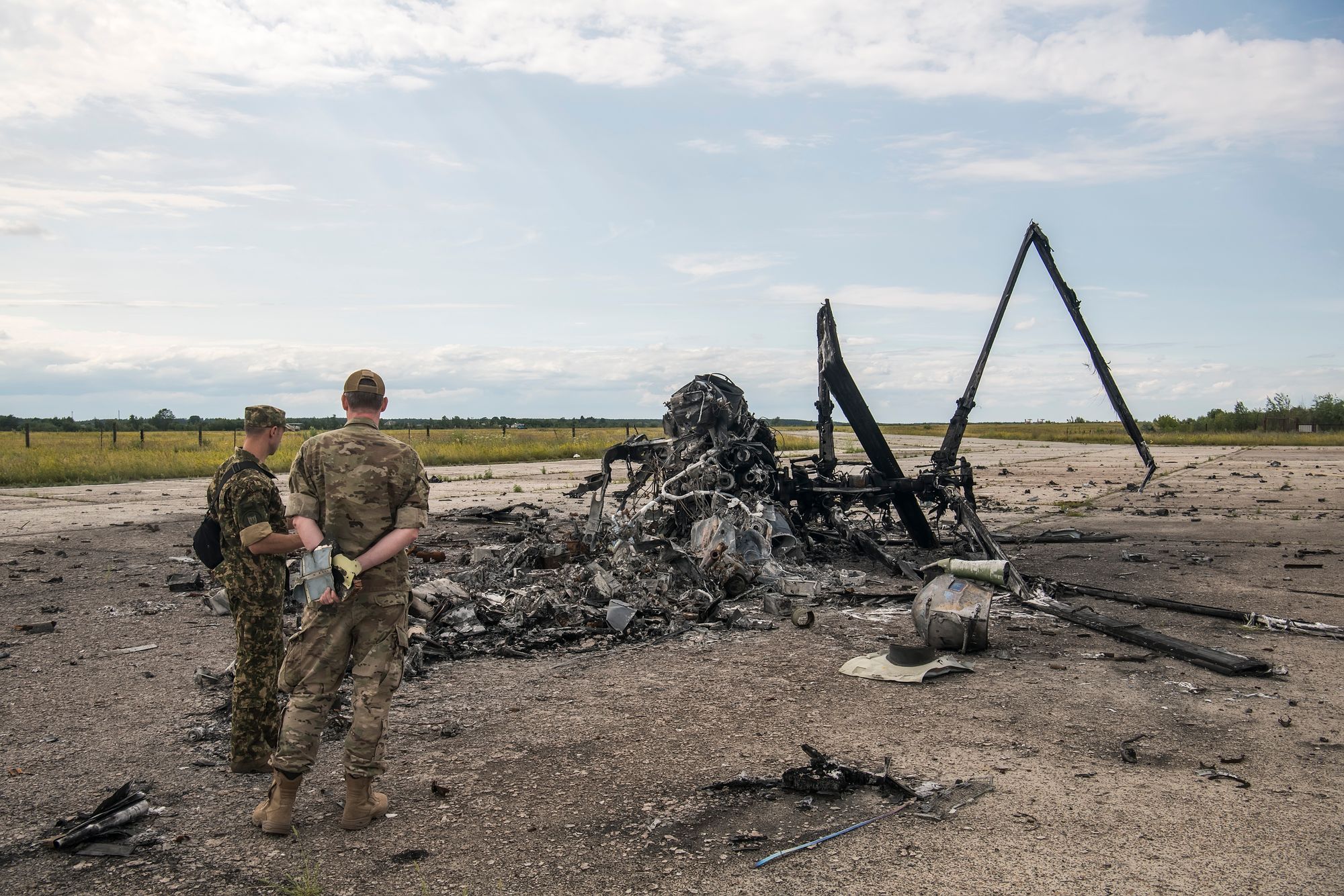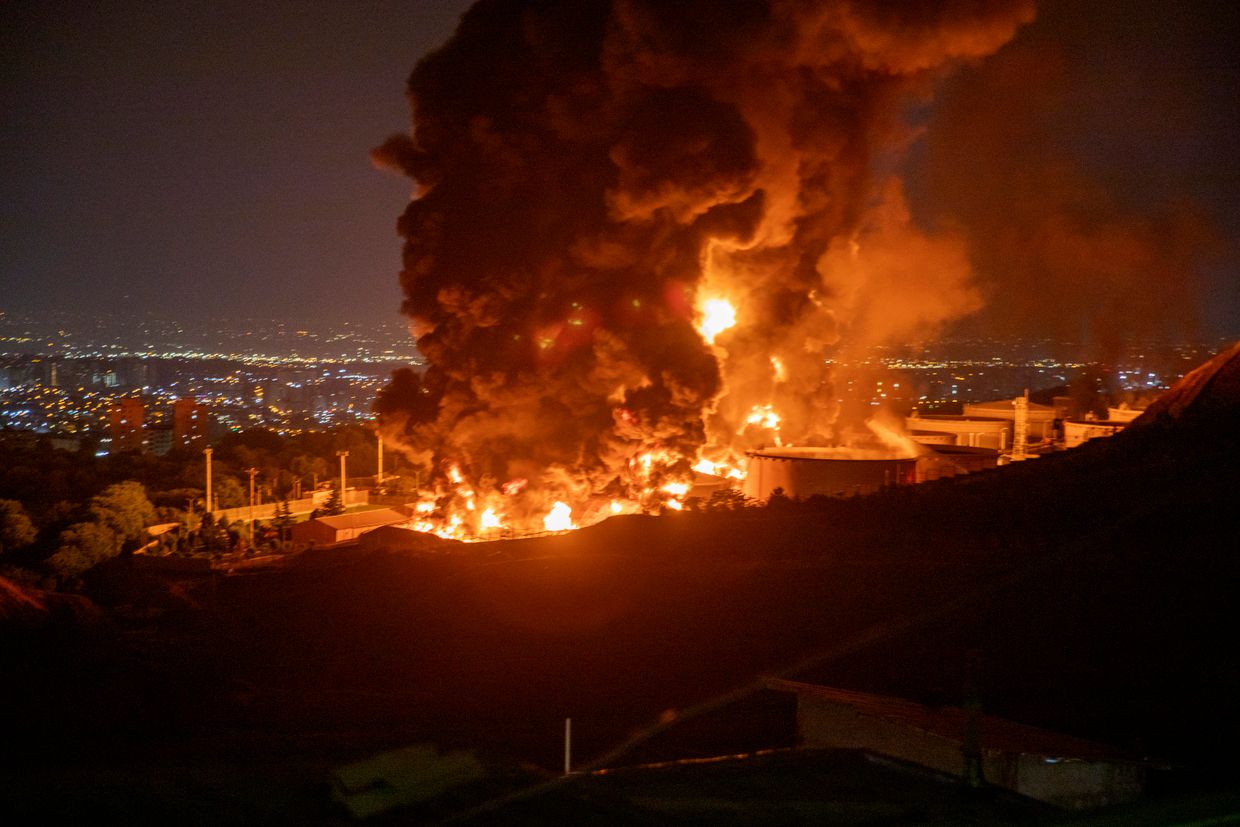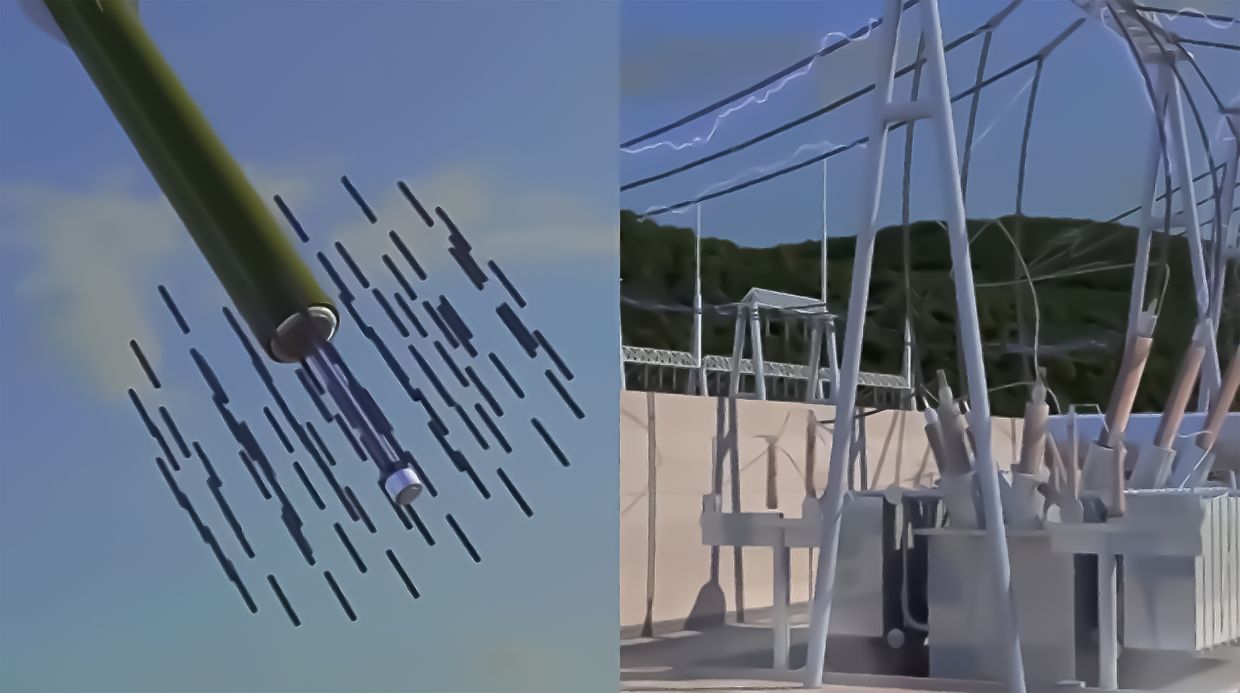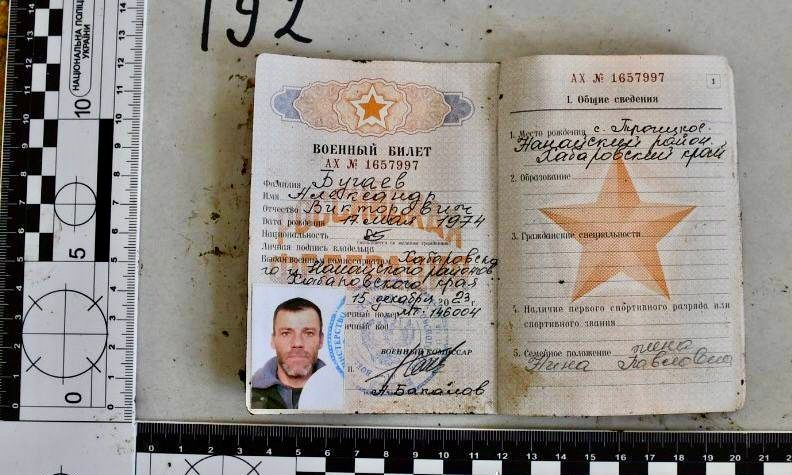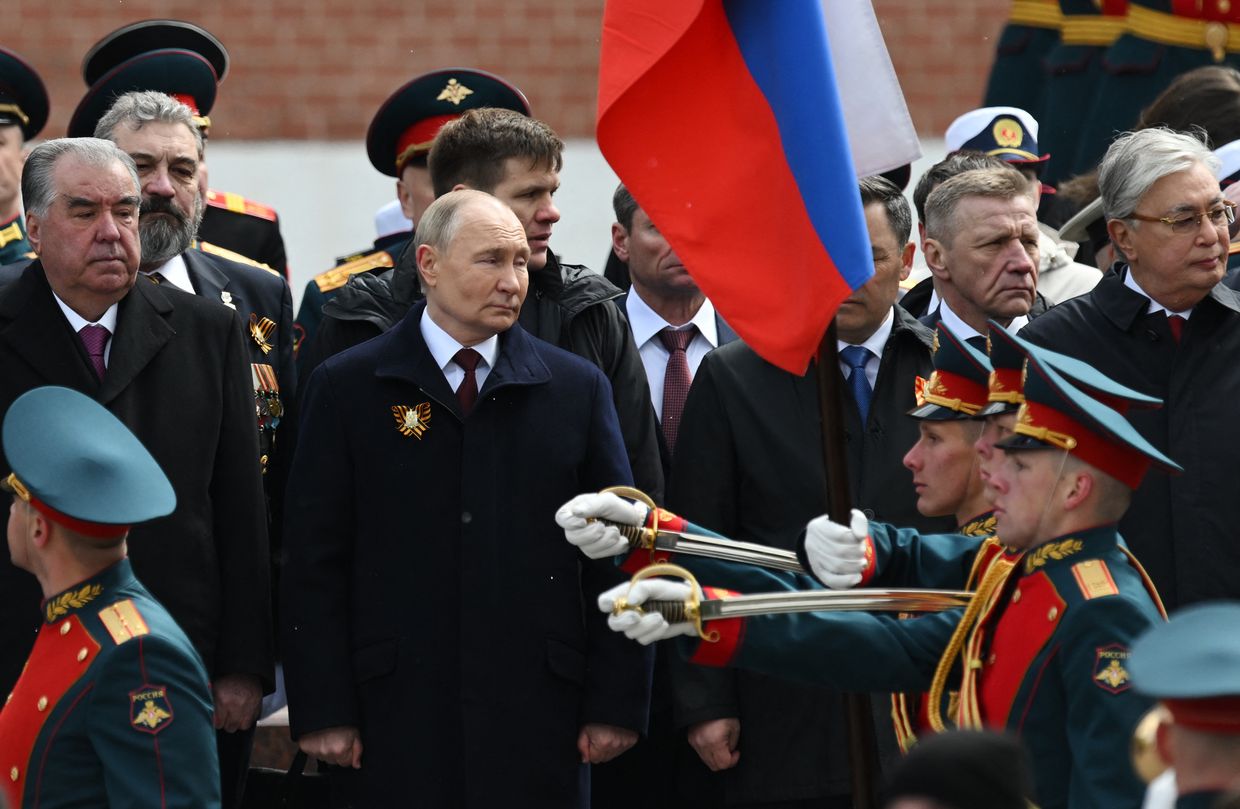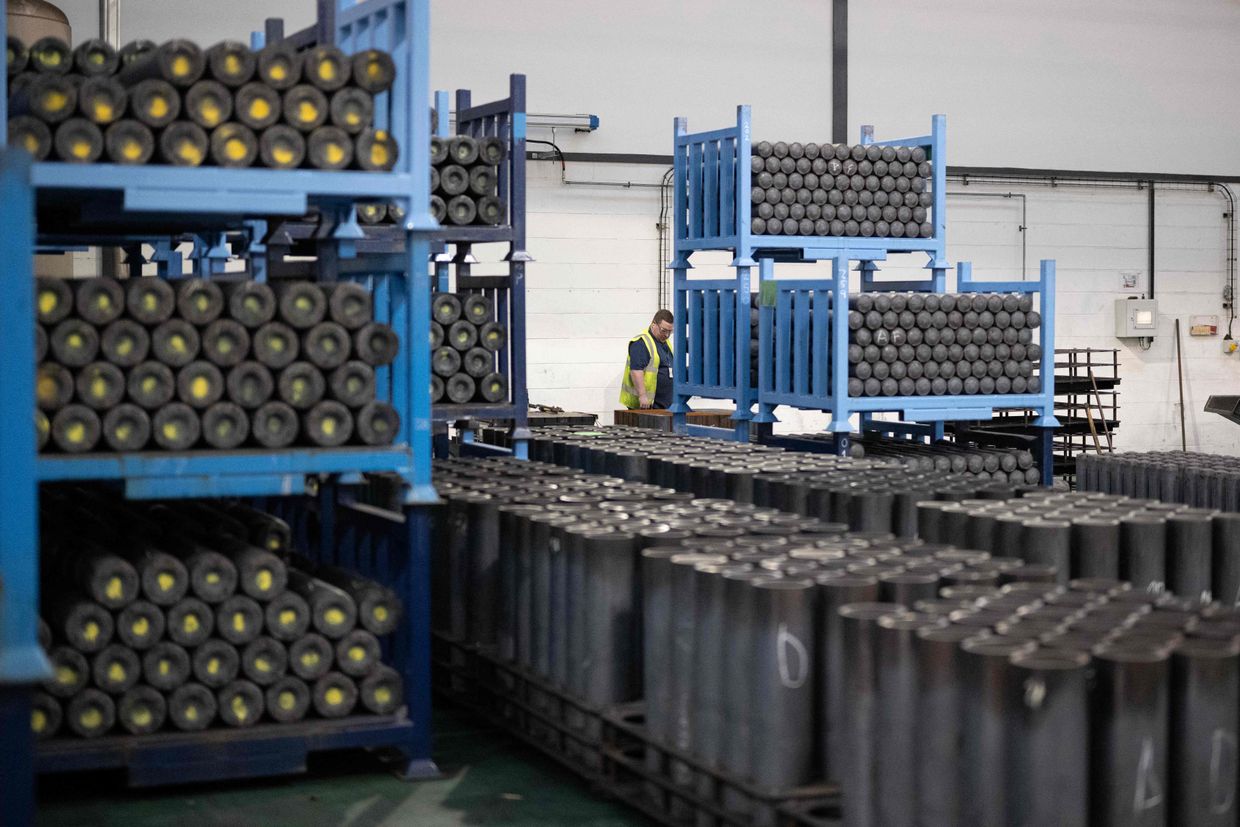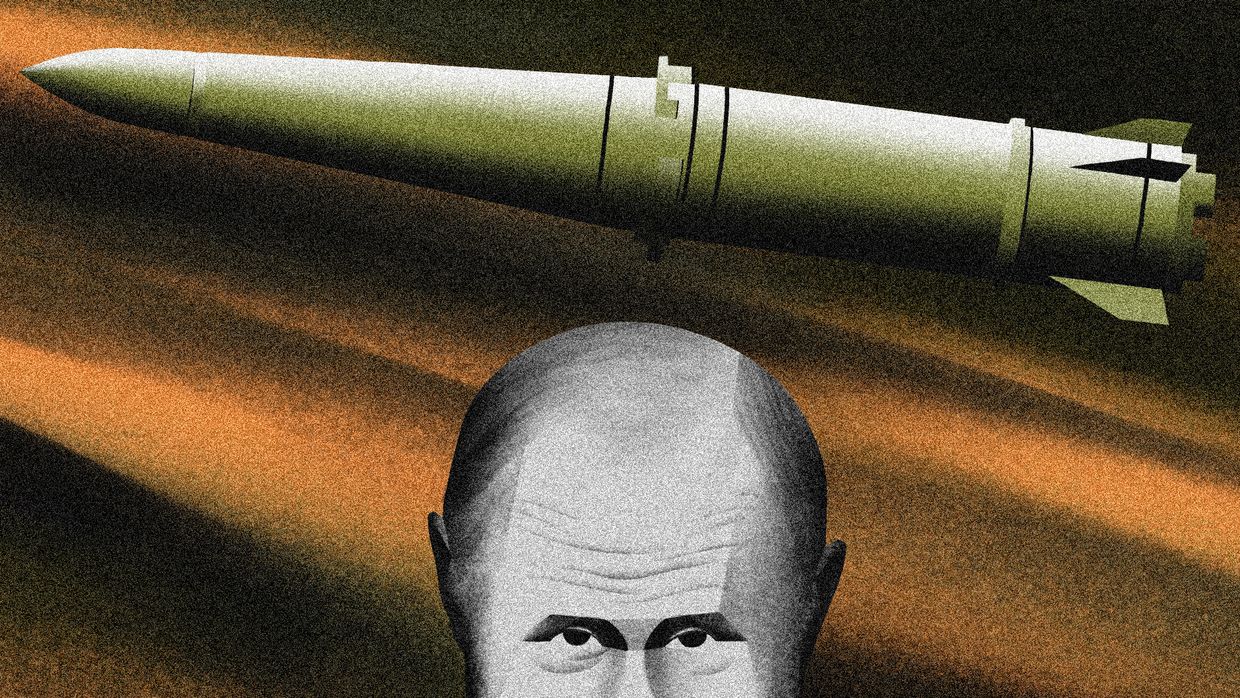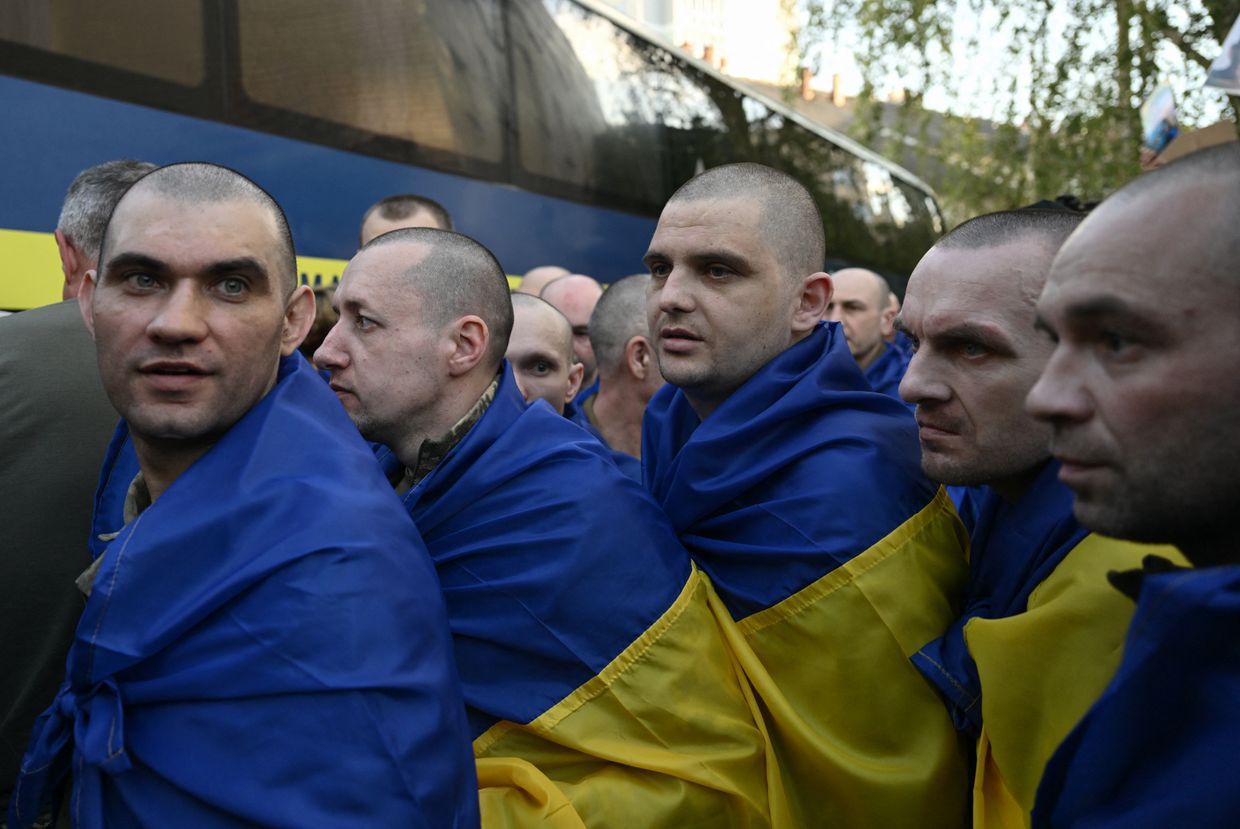Ukraine's Air Force spotted 11 Tu-95MS strategic bombers in Russian airspace at around 5 a.m. on Aug. 26. In less than three hours, Ukraine was under the largest aerial attack since the start of the full-scale war, with 127 missiles and 109 drones flying into Ukraine.
To attack Ukrainian cities far from the front, the Kremlin uses strategic bombers and fighter jets stationed deep inside Russia, along with ground launchers closer to the border.
With a U.S. ban on missile strikes deep inside Russia still in place, to minimize Russia's capacity to launch mass attacks, Ukraine is forced to employ domestically produced drones to target airfields and launch sites.
Over the past year, Ukraine has managed to substantially increase domestic production of drones, now capable of hitting targets 1,800 kilometers (1,119 miles) away, according to Ukrainian military intelligence.
With dozens of Russian airfields now bombarded by Ukraine, Russian forces are forced to look for new solutions to protect their aircraft, pulling them further away from Kyiv's reach.
How effective are Ukrainian drones?
Two out of five Russian airfields located in occupied Crimea are now functioning "at a minimum capacity" due to constant attacks by Ukrainian forces, Navy spokesperson Dmytro Pletenchuk said on Aug. 13.
And if Ukraine can keep attacking Crimean airfields, Russia will be forced to stop using them, Peter Layton, associate fellow at the Royal United Services Institute (RUSI) and former Australian Air Force officer, told the Kyiv Independent.
However, despite successfully making some Russian airfields unusable, Russia has plenty more. Russia operates 42 airfields, including those in Belarus and the occupied Crimean peninsula, with 28 of them able to station strategic bombers and fighter jets, retired military officer and defense expert Viktor Kevliuk told the Kyiv Independent.
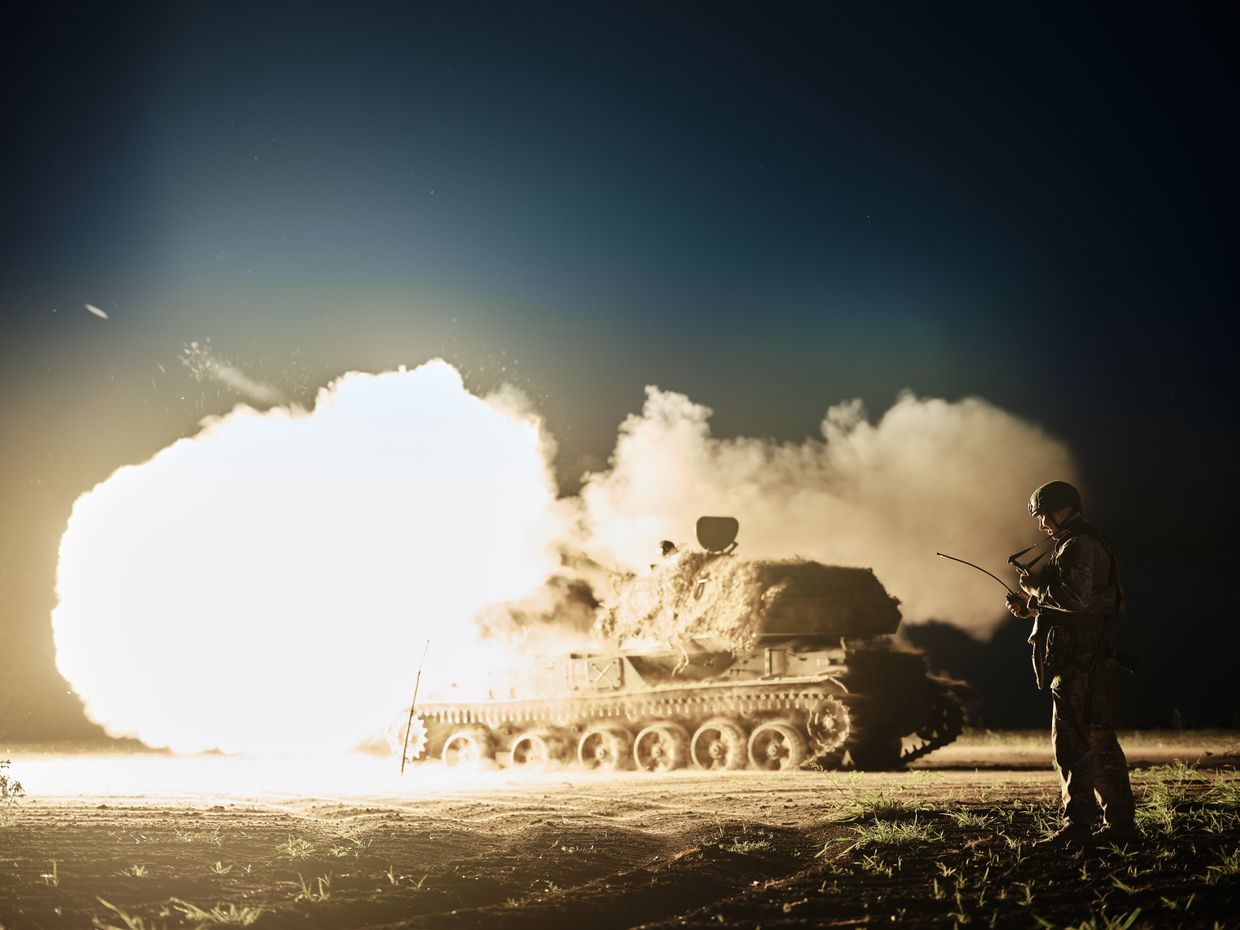
Russia still has over 1,000 warplanes at its disposal, according to the Military Balance 2024 overview, and numerous airfields still out of Ukraine's reach.
Ukraine carried out at least five strikes on Russian airfields in August, which were confirmed to the Kyiv Independent by a military intelligence source familiar with Kyiv's operations on Russian soil.
On Aug. 14, Ukraine launched its largest aerial attack against Russia so far. Ukrainian drones struck four airfields, including Savasleyka, located nearly 665 kilometers (413 miles) from the border with Ukraine.
The Russian Defense Ministry claimed that it shot down 117 drones and four tactical missiles. Ukraine did not disclose what equipment was used during the attack.
Despite hundreds of drones being launched, only a handful usually reach their targets, hitting aircraft, runways, ammunition, or fuel depots.
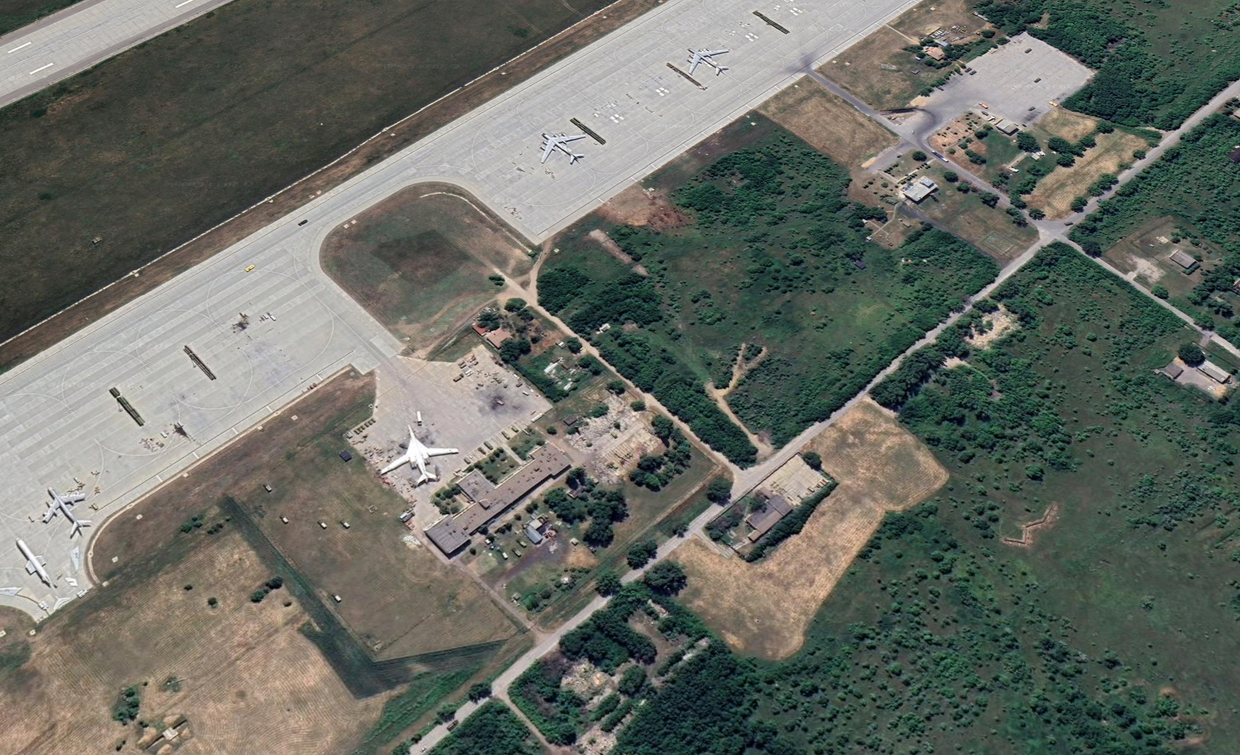
Kevliuk compared the recent Ukrainian attacks to a "mosquito bite." However, he still assessed the effectiveness of Ukraine's strikes as "acceptable," considering the weapons used and the consequences they brought.
Defense expert Andrii Kharuk said that Ukraine's current tactics of striking Russian air bases seem to be effective. However, the results are difficult to measure because satellite images do not clearly show all the destruction.
"In any case, it is to some extent easier to destroy or damage Russian aircraft, which carry guided aerial bombs, at an airfield than to catch it in Russian airspace, several dozen kilometers from the front line," Kharuk told the Kyiv Independent.
"Strikes on airfields could have been considered unjustified some time ago when we had insufficient drone resources. Now, when we see hundreds of Ukrainian drones hitting targets at night, it is certainly possible to strike airfields, hitting their aircraft," Kharuk added.
One of the drones' biggest disadvantages is their speed. According to Kharuk, unmanned aerial vehicles can be detected several hours before an attack, allowing planes and helicopters to redeploy.

Changing strategies
In response to Ukrainian attacks, Russia mainly takes operational measures, which include aircraft redeployment, camouflage, covering the planes with tires to protect them from kamikaze drones, and strengthening air defense in territories closer to Ukraine.
Russian forces also draw aircraft silhouettes on airfields to mislead the opponent and construct metal covers, which are easier to build than concrete ones.
"If there are two dozen covers at the airfield, it is unclear which one is used to hide the aircraft," Kharuk explained.
Russian troops are building concrete shelters as well, but the issue of aircraft protection has not yet been resolved, according to the expert.
"The airplane is a very delicate construction. Just because it did not burn or explode does not mean it has not been riddled with debris," Kharuk said, adding that even minor damage could put the plane out of action for months.
Despite sanctions, Russia still has the means to repair and build aircraft, Kevliuk said. Kharuk, in turn, added that Russian forces often disassemble non-functioning aircraft to use their parts to repair damaged ones.
"There were, for example, photos and videos of a K-52 helicopter with a tail section that was significantly different from the helicopter itself. Presumably, part of a crashed helicopter was put on a working one to return it into action," Kharuk said.
"The same applies to airplanes, such as the Tu-22M3 bomber, which was discontinued in 1993, and engines are not produced anymore for it either. The only way to repair them is to use planes that are out of service and disassemble them into parts," the expert added.
Kharuk assumed that Russia has not yet established regular supplies of parts for its airplanes and helicopters from third countries, which may also hinder the repair of damaged equipment.
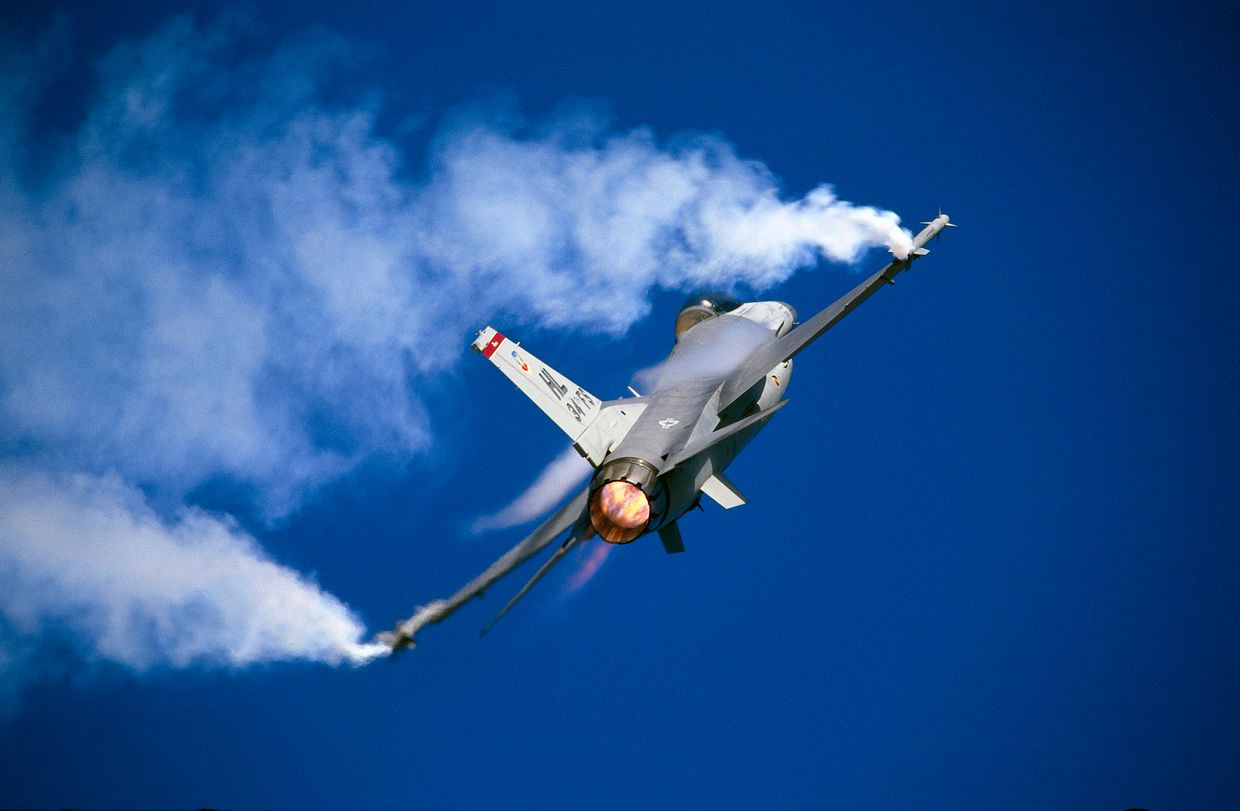
Will long-range missile strikes help?
In the meantime, President Volodymyr Zelensky said on Aug. 27 that Ukraine is already testing the first long-range missile of its own production.
Ukrainian officials have long called on Western countries to lift their ongoing ban on missile strikes on military targets deep inside Russia using Western-provided weapons.
"Our Ukrainian drones work exactly as they should. But there are things that cannot be done with drones alone. Unfortunately. We need other weapons – missiles," Zelensky said.
The U.S.-led coalition had not yet budged.
None of the countries have officially authorized using long-range missiles in Ukraine's arsenal, such as the British Storm Shadow, American ATACMS, or French SCALP, to be used in long-range strikes.
Layton said that long-range missiles could be a game changer for Ukraine if there are enough of them to keep Russian air bases closed due to the constant threat of bombardment.
Russia has reportedly transferred 90% of its military aircraft to bases outside the reach of long-range ATACMS, a United States official told the Wall Street Journal (WSJ) in remarks published on Aug. 27.
The U.S.-made Army Tactical Missile Systems (ATACMS) have a range of approximately 165-300 kilometers, and Russia is allegedly preparing for the U.S. to lift the ongoing restrictions.
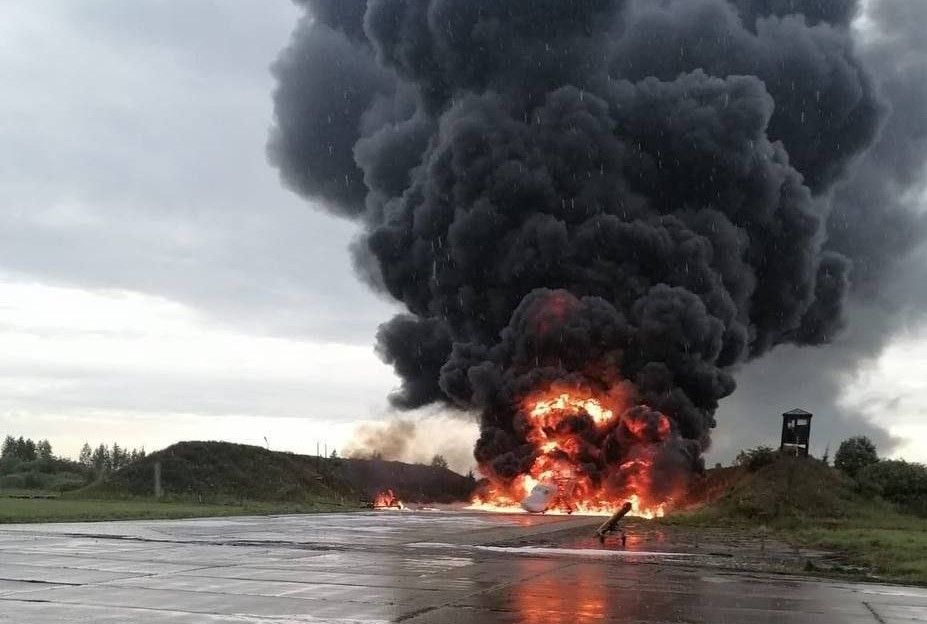
Yet, Russia has strategic bombers in its arsenal, including Tu-22/95s, which can launch missiles from a distance out of reach for Western-provided arms, Layton added.
Layton also did not rule out the likelihood that Russia could also seek help from Belarus to use its airfields to station Russian combat aircraft.
Kharuk refused to make any specific predictions about the potential effectiveness of long-range missiles but noted that the time to reach the target, which "is now calculated in hours, would be calculated in minutes" as soon as the long-range weapons are put into action.
The expert also said that the response time for Ukrainian attacks has been significantly reduced.
"Previously, it took about two days from the time we detected aircraft at a Russian airfield until we struck them, but now this interval is calculated in hours," Kharuk said.
"And the Russians are also worried about this because they fear that they will not have time to simply move their aircraft before the attack."
